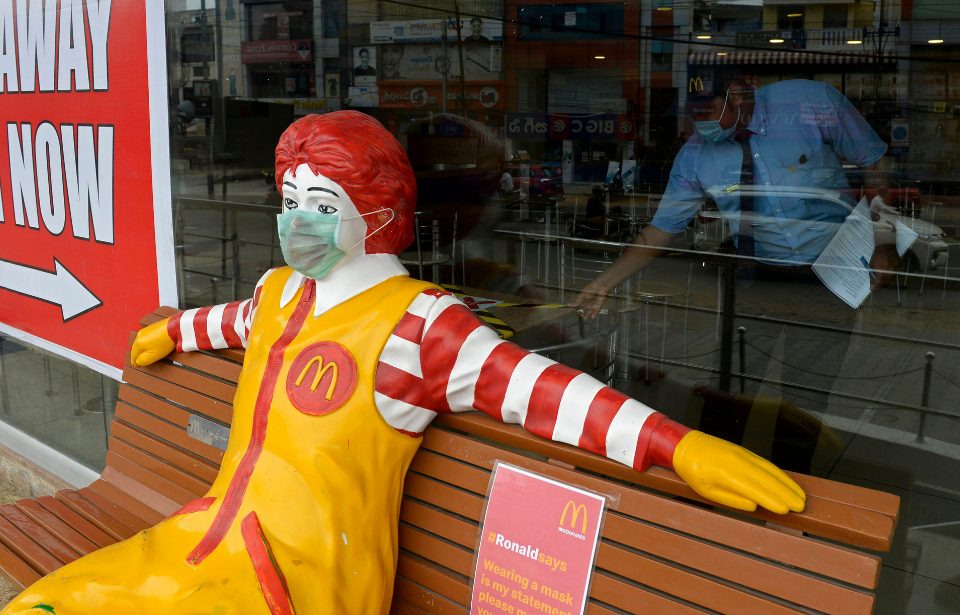Has anyone else noticed a recent decrease in Ronald McDonald sightings? Well, that’s actually because McDonald’s decided to retire its mascot in 2016. Why would one of the largest corporations in the world choose to retire one of the most recognizable clowns in the world? Surprisingly, the answer to that question has to do with the scary clown craze that plagued the United States in 2016.
History of Ronald McDonald
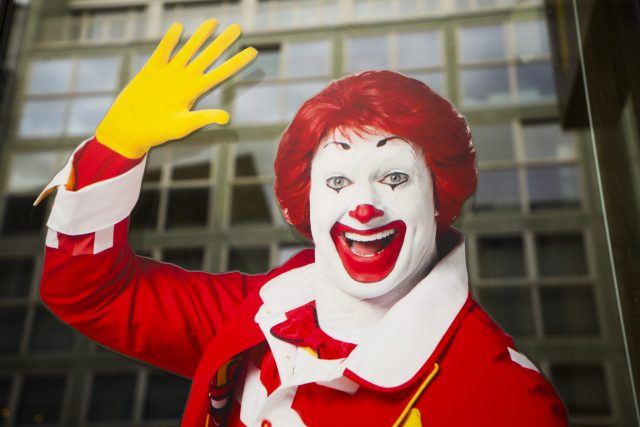
Ronald McDonald was created in the early 1960s to help McDonald’s sell hamburgers at one individual franchise. In 1963, the owners of a Washington, D.C. franchise advertised their restaurant on a local television station. The commercial starred a clown named Bozo who told two children to ask their parents to take them to McDonald’s.
By the mid-1960s, the clown mascot had grown both in visibility and popularity. In 1965, Ronald McDonald appeared for the first time in national television advertising in a commercial for McDonald’s aired during the Macy’s Thanksgiving Day Parade. He also appeared in a commercial during the first Super Bowl in January 1966.
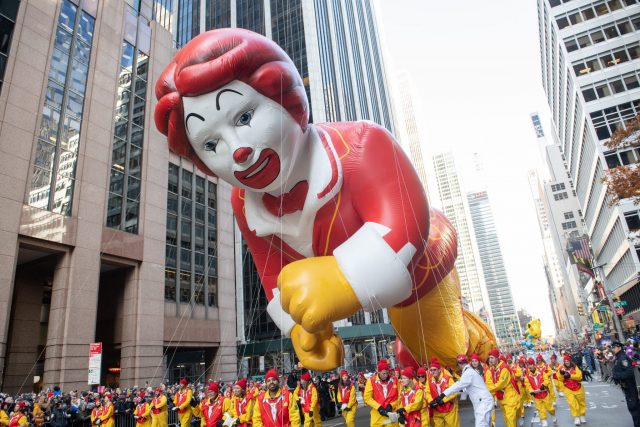
In the 1970s, Ronald McDonald briefly starred in his own comic book series where other familiar McDonald’s characters were introduced. These McDonaldland characters, which included names such as Mayor McCheese and the Hamburglar became synonymous with the McDonald’s brand throughout the 1980s and into the 1990s. The McDonaldland characters even starred in a few feature films.
The McDonaldland campaign ended in 2003 when the I’m Lovin’ It campaign began. Ronald McDonald was still definitely affiliated with McDonald’s but was featured in advertising campaigns less and less.
Controversy surrounding Ronald McDonald
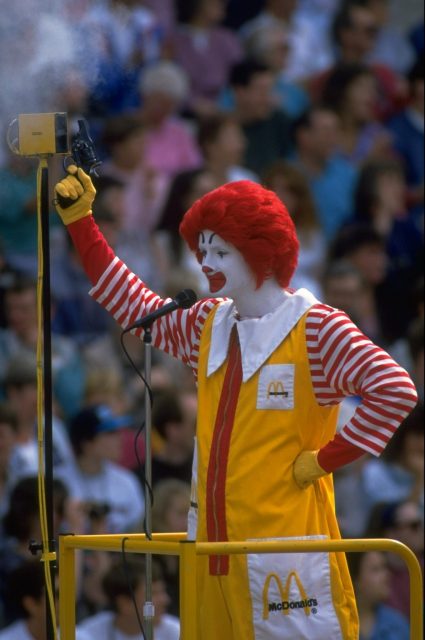
For being a fictional clown, Ronald McDonald has faced his fair share of controversy in the media. The fact that Ronald McDonald’s primary goal was to market fast food to children was becoming increasingly problematic, especially as childhood obesity was on the rise.
In 2011, a group of 550 doctors and healthcare professionals took out ads in different U.S. newspapers demanding that McDonald’s retire Ronald McDonald in order to “stop making the next generation sick.”
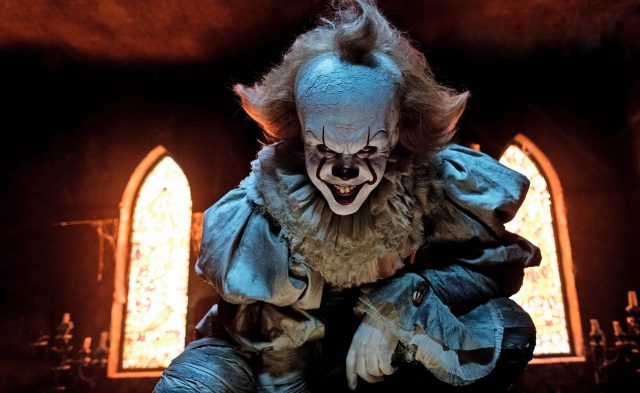
McDonald’s responded to these demands by pointing out that Ronald McDonald does not advertise unhealthy food for children. Instead, McDonald’s argued, it was really up to parents to choose what their children ate.
Apart from the debate over Ronald McDonald’s role in mass marketing unhealthy food to children, clowns, in general, were rapidly declining in popularity. Clowns have increasingly become a staple in the horror genre rather than as characters that makes people laugh. Not to mention that creepy clowns including IT’s Pennywise weirdly resemble Ronald McDonald with his striking red hair.
Ronald McDonald’s official retirement
Ironically, creepy clowns were actually the reason Ronald McDonald was officially retired, not concerns over childhood health. Although Ronald McDonald had slowly been phased out since around 2010, he was officially retired in 2016 after a series of “creepy clown sightings” occurred across the United States.
Although these clown sightings may have initially started off as some sort of weird joke, things quickly turned sinister when these clowns began yielding weapons or trying to lure children into wooded areas.
More from us: We’re Lovin’ These Unique McDonald’s From Around The World
The formal explanation put out by McDonald’s was as follows: “McDonald’s and franchises in the local markets are mindful of the current climate around clown sightings in communities and as such are being thoughtful in respect to Ronald McDonald’s participation in community events for the time being.”
Although Ronald McDonald is officially retired, McDonald’s nonprofit, Ronald McDonald House Charities, still uses his name. However, Ronald McDonald was once one of the most recognizable mascots in the world so perhaps we haven’t seen the last of him just yet.
